How To Teach Your Dog To Be Home Alone
by dogtoysadvisor | Last updated on June 9, 2019
We only review products we tested ourselves. We have affiliate partnerships, so we get a share of the revenue from your purchase.

As much as we’d love to be with our dogs all the time, sometimes they have to be home alone.
The period they stay alone may depend, we can go out for coffee or meals, making it a short period, but there are times when we’ll spend several hours away and that’s when we worry the most.
A dog’s reaction at being home alone may also vary, from annoyance to diagnosed separation anxiety. Luckily, such an extreme reaction is rare.
How It Works In Our Home
Our three dogs react differently to being left home alone.
Tommy will bark for as long as he can hear us nearby. Then he quiets down (we hope, at least we’ve never had any complaints from the neighbors). He resumes the barking, of course, as soon as he hears us returning.
Coco will just assume her position in the nearest bed/blanket and sleep while she waits. Both of them need to be locked somewhere safe for them and for out possessions, because if we left them free, we’d return home and find it redecorated.
Dobby doesn’t react at all. We leave him completely free and it’s been several years since the last time he’s ruined something, so he just lies in the couch, sleeping. He greets us when we return, of course, tail wagging and very happy.
So for us, it was obvious, we needed to work with Tommy regarding his barking and his anxiety for being left alone (we don’t consider it to be separation anxiety and, once we managed to do that, everything would be okay.
We Were Wrong
Well, as it turns out, Tommy barking when we left and returned wasn’t our biggest problem. We first noticed Dobby’s wounded knee about a year ago.
We tried to heal it quickly, but he kept on licking it incessantly and it took ages to completely heal. Even with a cone, he just learned how to bend it and licked it anyway.
Months later, the small wound returned and this time we decided to take him to the vet.
And the diagnosis was heartbreaking.
The small round wound that kept appearing in Dobby’s knee was self-inflicted. Boredom, anxiety, whatever it was, it happened in those periods when we’d spend longer hours away.
We always knew Dobby was a dog with many issues, he had a very hard start to life and we know how important a puppy’s first months are to his development.
But still, we were shocked.
8 Tips to Teach Your Dog to Be Home Alone
We couldn’t really do much about being away, but we could help all our dogs cope better with our absence the best we could. So we came up with a 8 Simple Tips to put in place as soon as possible.
Tip 1 – Make Your Dog More Comfortable
More comfortable than the couch? Is that even possible?
Well, yes, actually. Dogs are territorial, so we figured each dog needed his and her own bed. That smelled like us and them and nobody else. No cats, no other dogs.
So we chose the best beds we found for them (this one) and keep placing used sweaters and t-shirts on them whenever we leave.
Tommy and Coco usually switch theirs, but this works particularly well with Dobby.
And guess where we find them every time we return?
If we’re talking about a puppy or a young dog, you could do a bit of crate training and get him used to not just being in the crate while home alone, but to actually loving the crate and feeling relaxed and safe inside it.
It is possible to crate-train an older dog, it will just be a harder process that will take a bit longer.
With puppies, all you need to do is create a cozy crate and leave him there with his toys for small periods of time, then extend them up to the point where he can stay there, relaxed, for hours.
Tip 2 – Feed Your Dog
We want to keep our dogs somewhat busy during our absence. The idea is for them to feel like very little time has passed and to keep them from getting bored.
Also, you want to create a pleasant association to being alone. What better association is there than food? If he knows he’s getting fed while he’s home alone, odds are he won’t mind it as much.
Get your dog an automatic feeder and fill his time with something he loves to do: eat!
If you prefer to feed your dog when you’re home, why not treat him then? We’re big Kong fans and the wonders it does in keeping our dogs busy.
Particularly with warm weather, fill it with fruit or peanut butter and place it in the freezer for a couple of hours. Your dog will go crazy for it.
Tip 3 – Give Your Dog Water
Well, if you’re feeding him, you need to make sure he drinks water too. But not just any water, it needs to be as clean and as fresh as you possibly can.
This is important. Bored, still dogs will often forget to drink water.
But water is very important for their health and you want to make sure they drink it, particularly if you’re going to be away from home for longer periods of time.
Also, if the idea is making your dog as comfortable as possible in your absence, food and water are the basic necessities.
What we recommend is a pet water fountain or a simpler water dispenser.
Tip 4 – Get Your Dog a Potty
If your dog is going to eat and drink, odds are he’ll need to pee and poop eventually.
This doesn’t need to create havoc. If you’re prepared, you can make sure he does his business without ruining your home.
We’ve tried several different options, from pee pads to newspaper, then we found this amazing product.
It’s a pad covered in real grass, meaning your dog will actually prefer going there than anywhere else in your home.
All you need to do is to clean what you can and replace it once the grass starts to change its color.
Tip 5 – Don’t Give Your Dog Too Much Attention Before Your Leave
Contrary to what we’re inclined to do, you don’t want to give your dog too much affection before leaving. Or when we get home, for that matter.
Ideally, you’ll keep away from him before leaving to make sure that, when you do leave, it won’t be a drastic change.
And, once you return, you’ll want to ignore him if necessary and just act like you never left. Only when he calms down will you address him.
Start training him by putting your coat on and picking up your keys before going about your business in the home. After doing it for a while, your dog won’t associate those actions with you leaving.
Then, start going out for small periods of time. One minute, then three, five, etc. Then return as if nothing has happened. Extend those periods until you notice he’s no longer reacting anxiously to your absence and you’re good to go.
Tip 6 – Get Your Dog the Right Toys
When fighting boredom and anxiety, distractions are a must-have. And, aside from food, nothing distracts them quite like toys.
You want to pick toys that work well in this situation, something that keeps them happy and busy for as long as possible.
If chewing it what you want him to do, get him a proper, safe, chew toy. Our dogs love this one:
For the shape and the endurance, it’s in their top 3. Also, it’s good for their teeth, so they’re cleaning their mouths while chewing away.
Then you have those toys meant to keep them mentally entertained. We recently got this one and are very pleased with it, it keeps them foraging for some time, granted less and less as they figure it out.
We use tiny, low-calorie dog snacks for it, they love it. In the beginning we also used these calming treats to help us on our quest.
Tip 7 – Get Creative
If your dog is anything like our dogs, sometimes the first 6 steps might not be enough. Or it may work for some time and then they get used to it and revert to their old ways.
This happens to us quite often, so we’re used to having to think outside the box.
Take this one, for example. Tommy loves barking. Sometimes just for the sake of barking, or so it seems to us.
After applying all of the steps we’ve mentioned above, he still loves to bark, particularly when we return. Like he’s complaining about the room service or something.
So we decided it was time to get something to control his barking and keep our neighbors from hating us too much.
This barking deterrent device works so simply you may be inclined to think it won’t work. We did too, so we were very pleased with the results. Also, since you can change the settings, it keeps the dogs from getting used to it.
Also, since Dobby’s diagnose we wanted to be able to watch how he behaved during the day, if there was any particular time of the day when he was more prone to biting his knee.
Since he only did it while we were out, this dog camera solved our problem.
A dog camera is not only helpful, but it’s also big fun! Every day we are out, we’ll alternate the room we leave it in. It comes filled with bells and whistles.
Among other things, it dispenses treats, it sends out an alert when barking is detected, it allows you to see and hear what your dog is doing during the day and at night.
We absolutely love it!
Last but not least, you can also get creative with his toys.
Think of a dog bone that can be set to move on its own to challenge your dog for some alone playtime. Then add a feature that allows you to move it with a simple phone app while you’re at work.
Sounds pretty perfect, right? We thought so too!
You really do get to play with your dog without actually being there and, even when it’s completely inactive, dogs still like to chew on the bone.
Conclusion
We used to think it was completely normal for dogs to hate being home alone and to act out on it. It may be normal, but dogs don’t necessarily need to go through it, particularly if you have to go to work seven days a week.
What we’ve just shown you are simple steps, easy enough to try. Why not increase your dog’s life quality? Why not make sure he has the best time possible why he’s waiting for you to come home?
He will never prefer to be alone than to be with you, but he might as well not suffer too much with your absence.
Affiliate links / Images from Amazon Product Advertising and iStock
See Also:



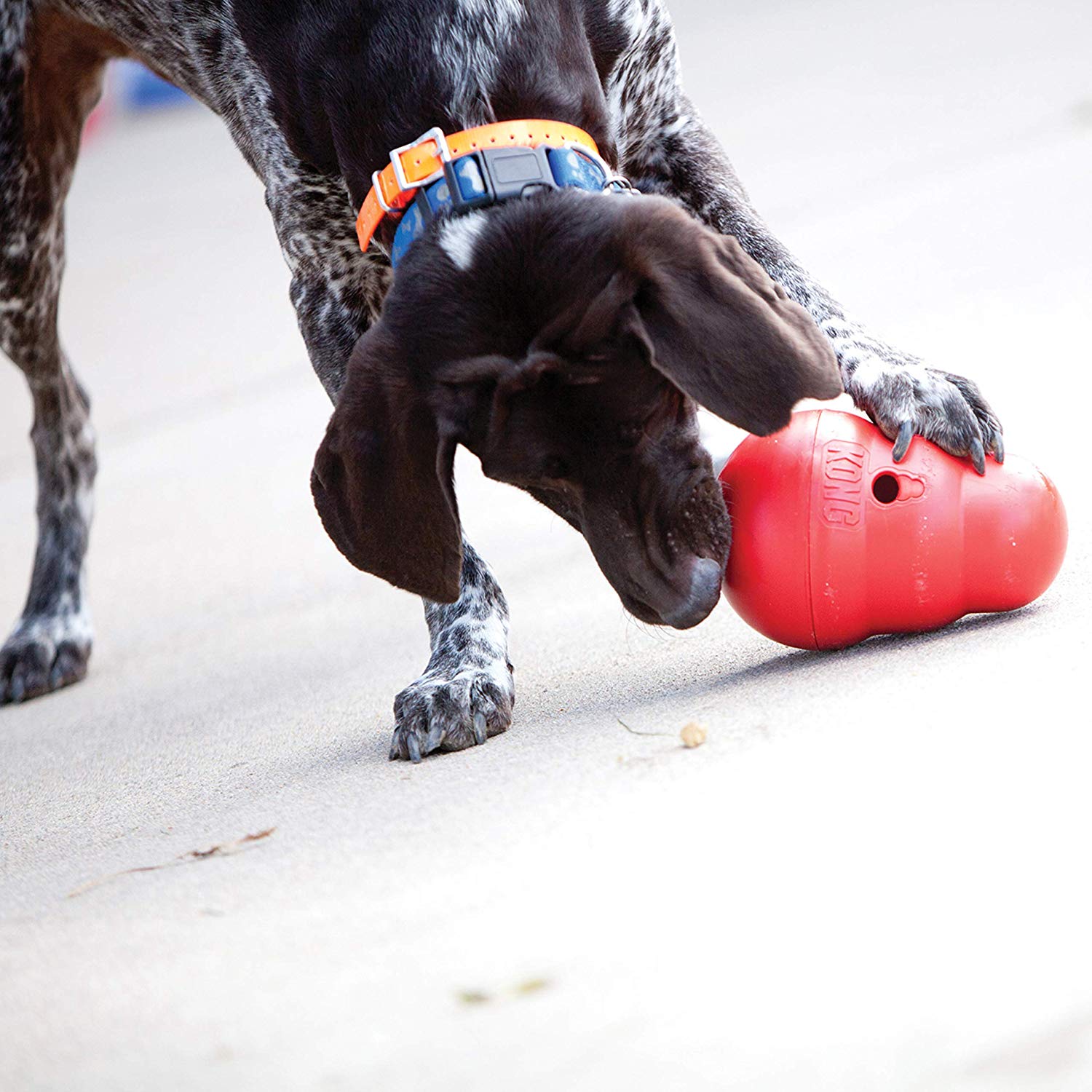
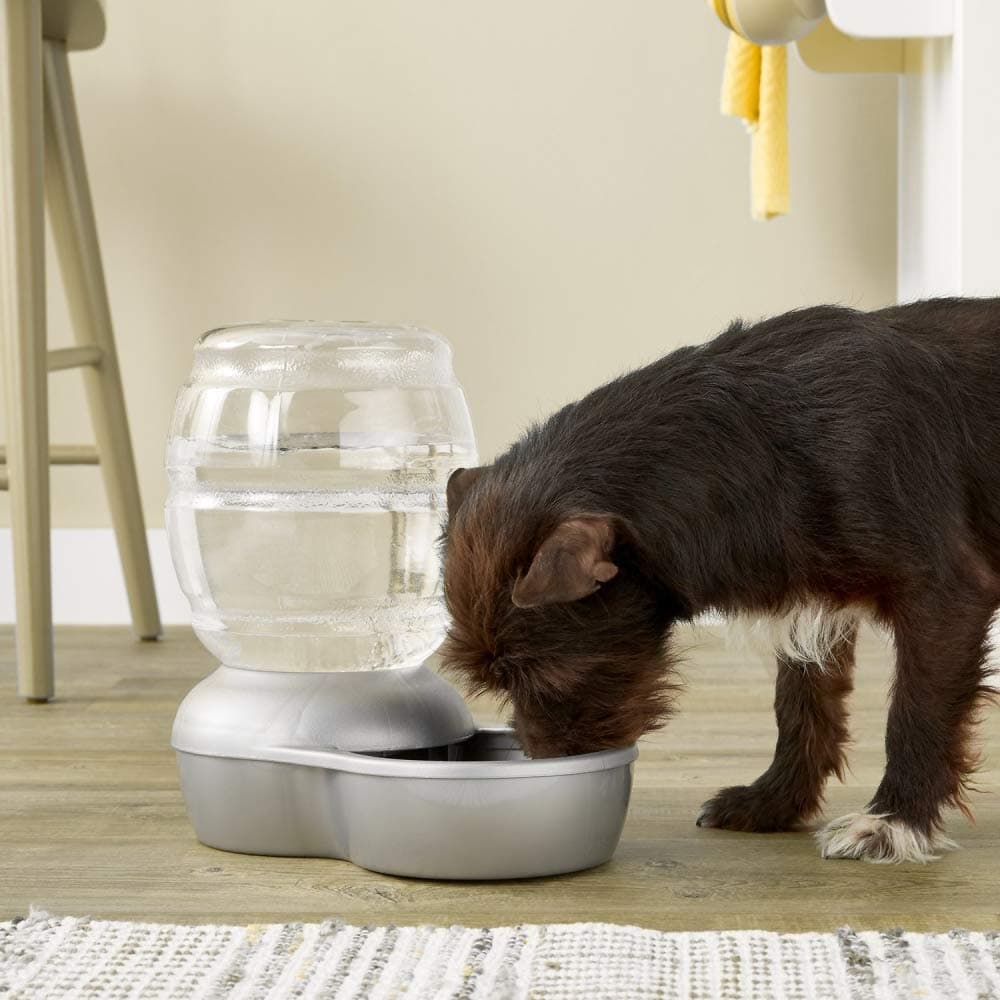
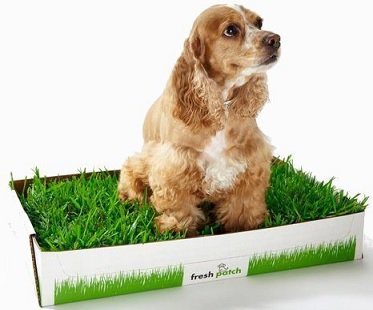



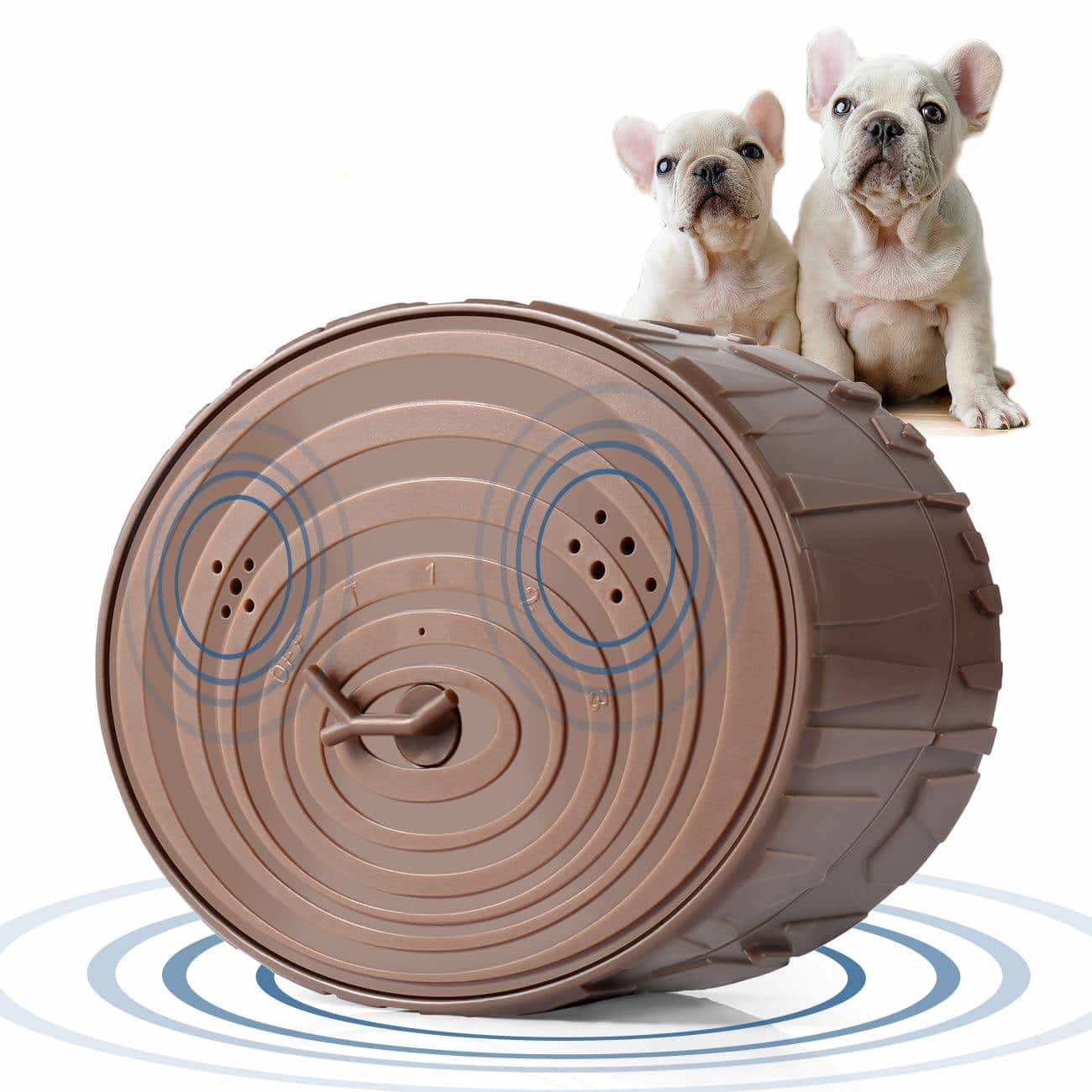


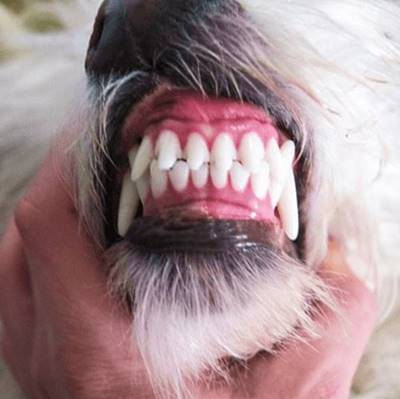
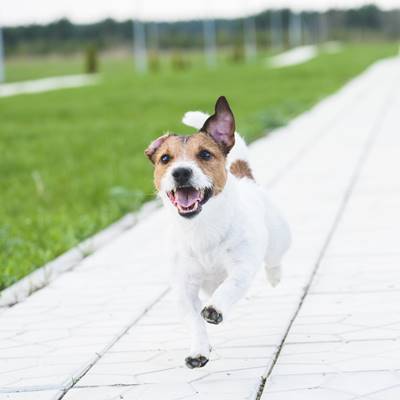
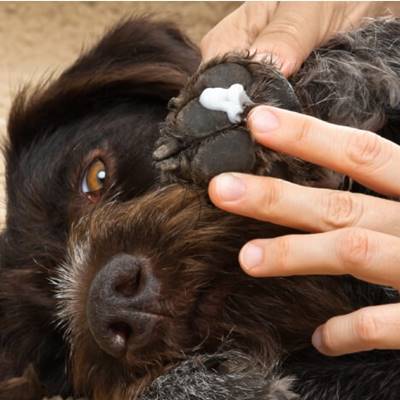
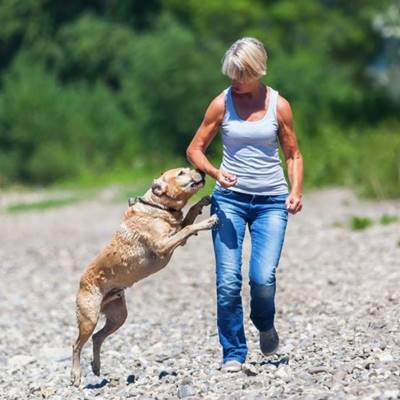
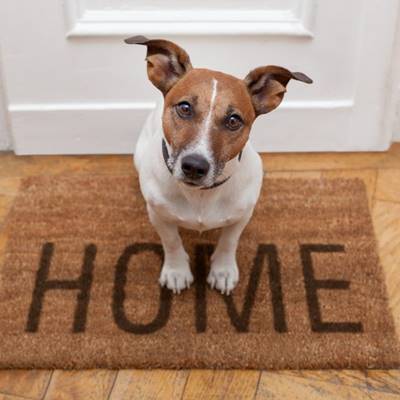
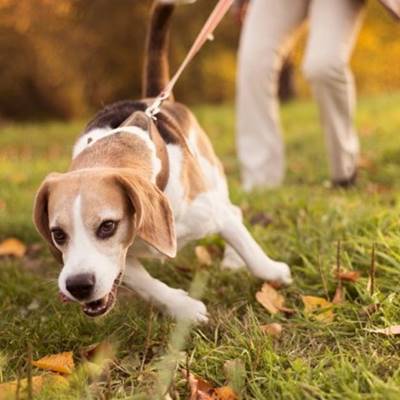

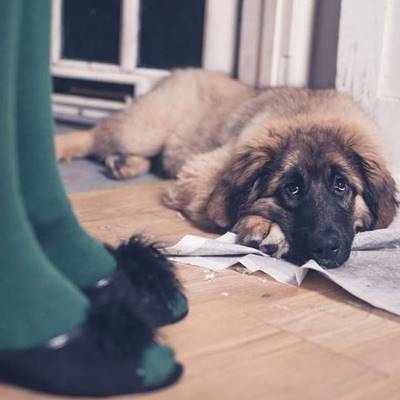

Great article, thank you for the tips. Also, there’s a typo in the header of number 6. Just thought you’d like to know.
Hi Arjai,
Thank you so much! And thank you for the heads up.
Thanks for all the tips. It’s very helpful and infomative.
Thanks Leslie!